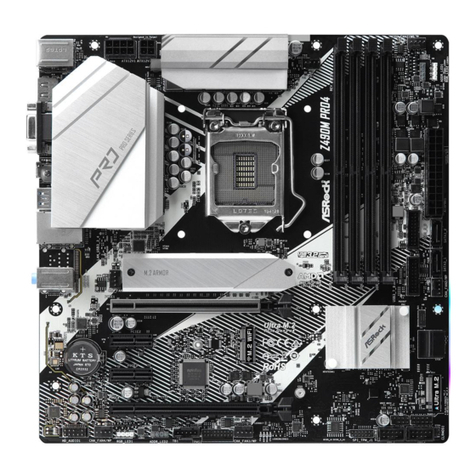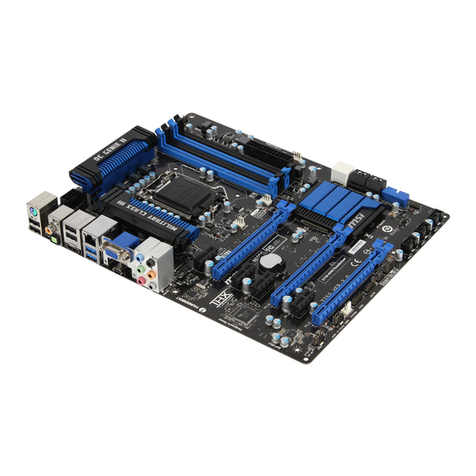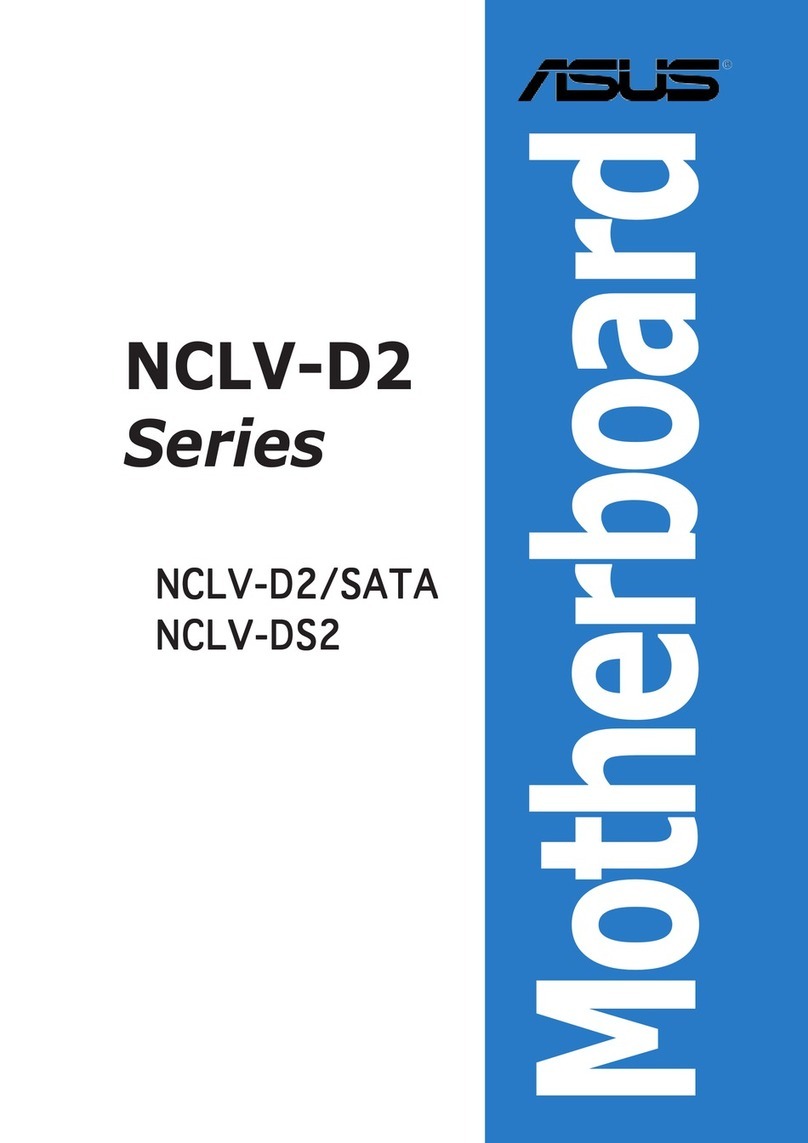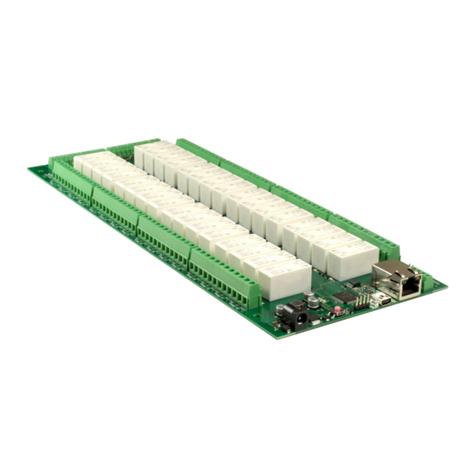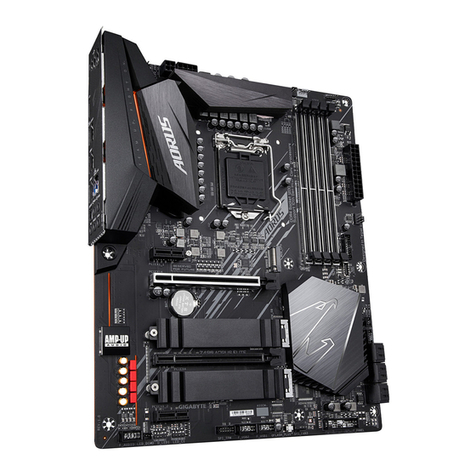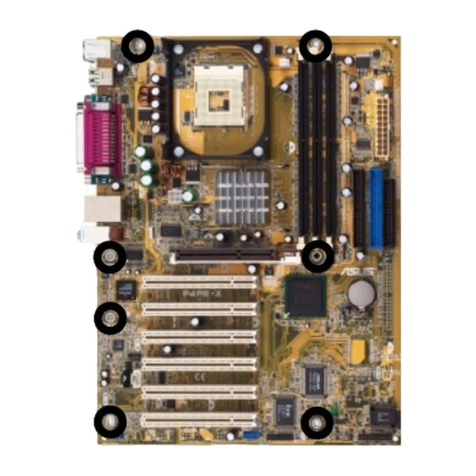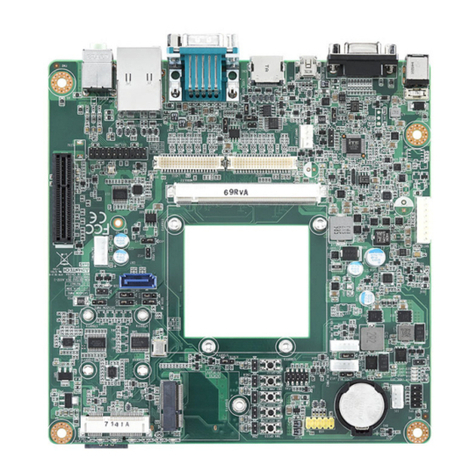SMH Technologies FlashRunner Quattro Series User manual




















This manual suits for next models
3
Table of contents
Other SMH Technologies Motherboard manuals
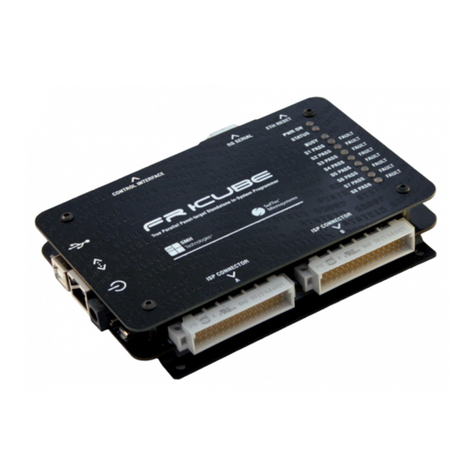
SMH Technologies
SMH Technologies FlashRunner Cube Series User manual
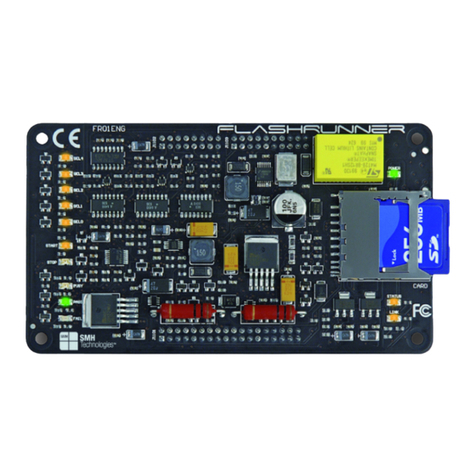
SMH Technologies
SMH Technologies FlashRunner FR01ENG User manual
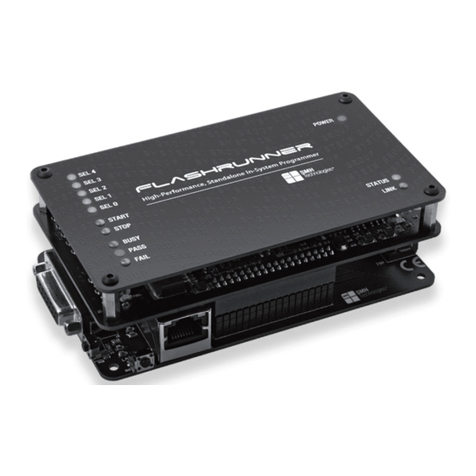
SMH Technologies
SMH Technologies Flashrunner FR01LAN User manual
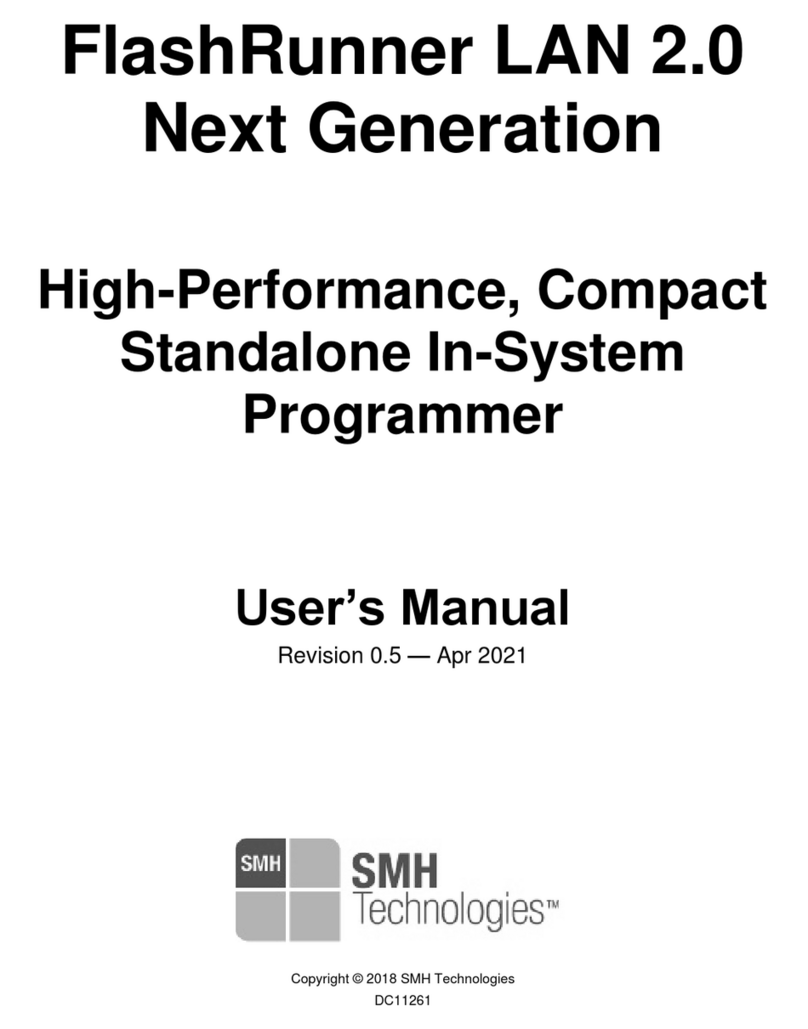
SMH Technologies
SMH Technologies FlashRunner LAN 2.0 User manual
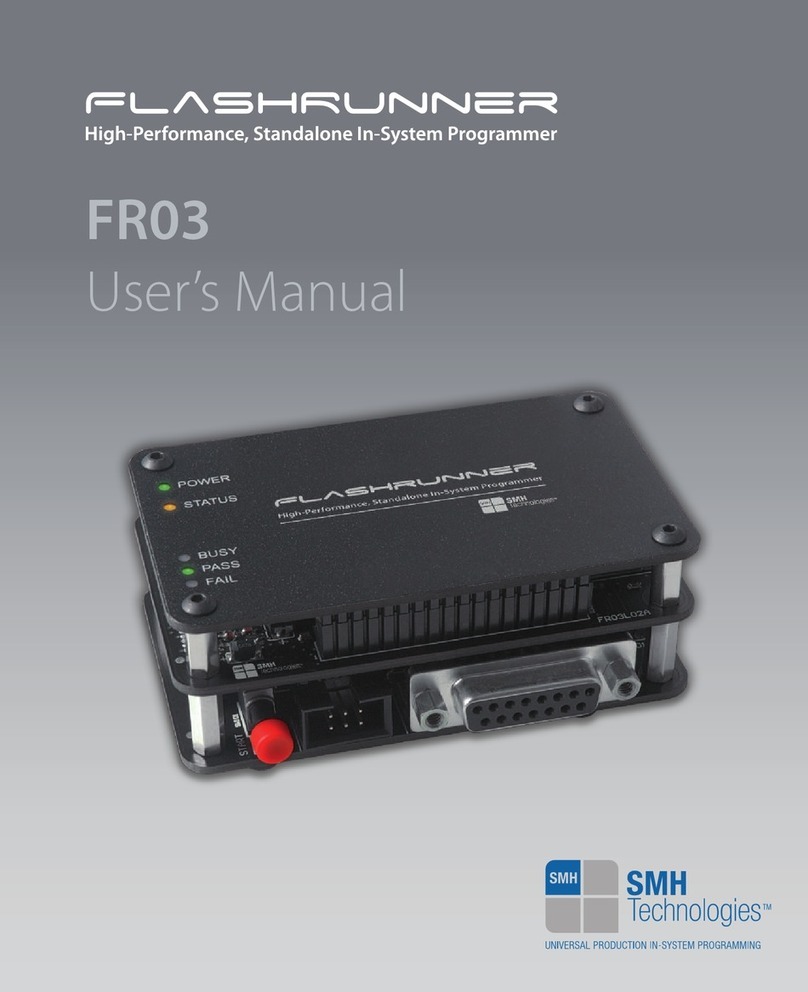
SMH Technologies
SMH Technologies FlashRunner FR03 User manual

SMH Technologies
SMH Technologies Flashrunner FR3070A User manual
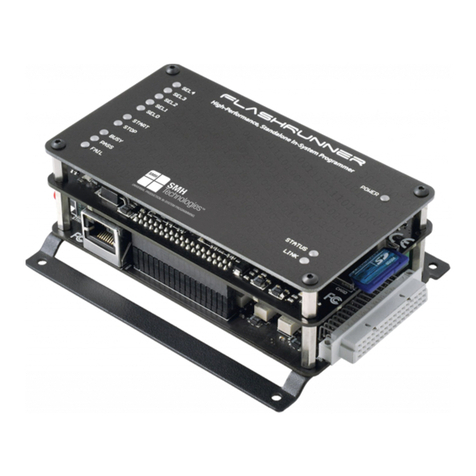
SMH Technologies
SMH Technologies FlashRunner FR01AT0 User manual
Popular Motherboard manuals by other brands
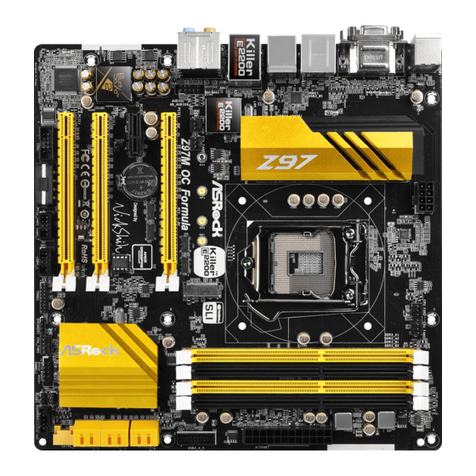
ASROCK
ASROCK Z97M OC Formula manual

Texas Instruments
Texas Instruments bq25606 user guide
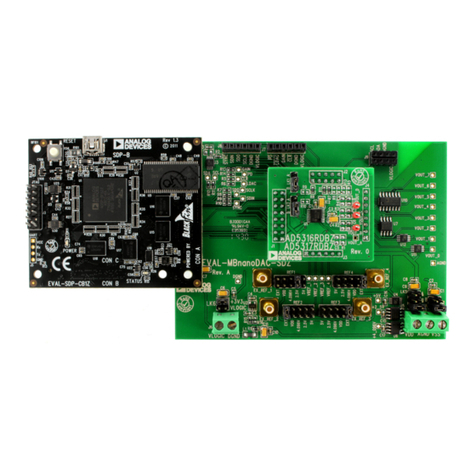
Analog Devices
Analog Devices EVAL-AD5317RDBZ user guide

Zeal-All
Zeal-All ZA-POS218C2 user manual

SHENZHEN ANHUA OPTOELECTRONICS TECHNOLOGY
SHENZHEN ANHUA OPTOELECTRONICS TECHNOLOGY H6 user guide
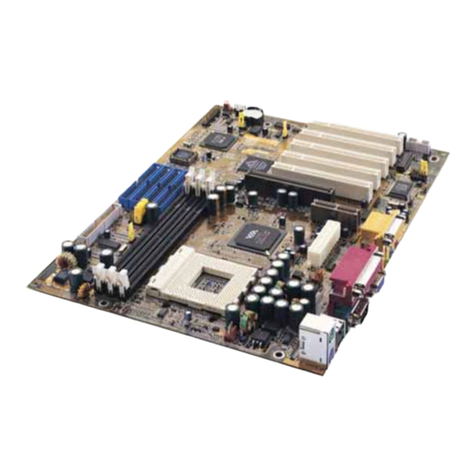
IWILL
IWILL kv200 manual
